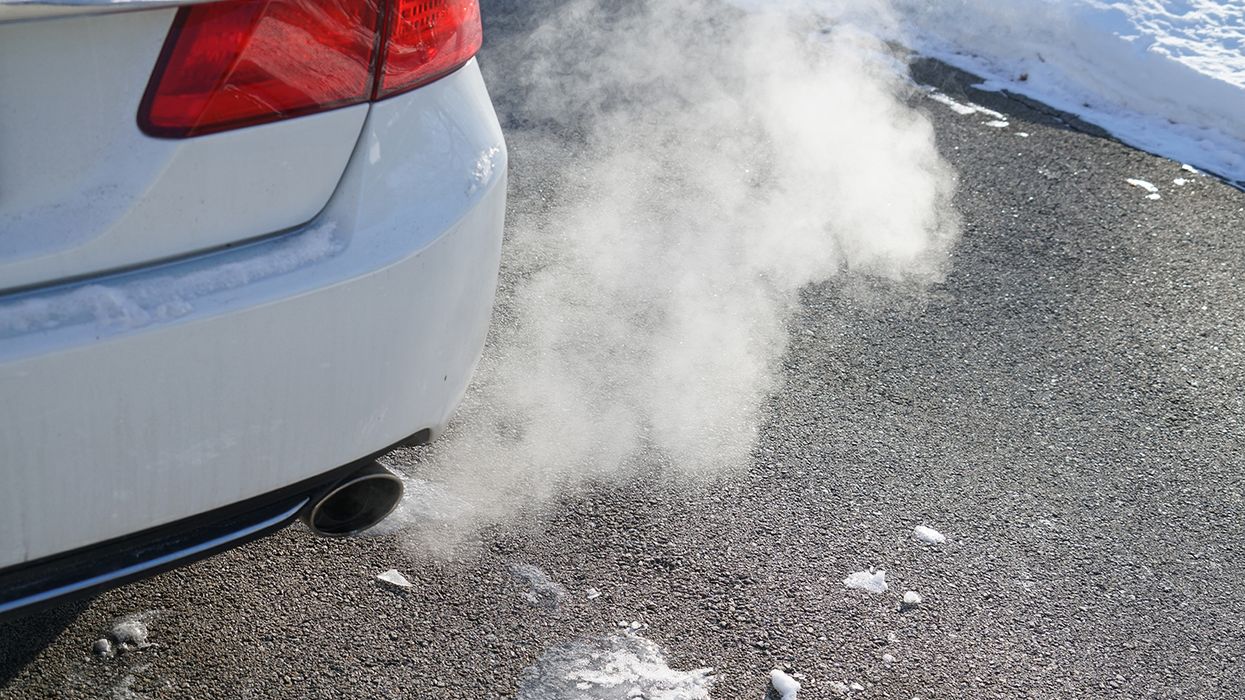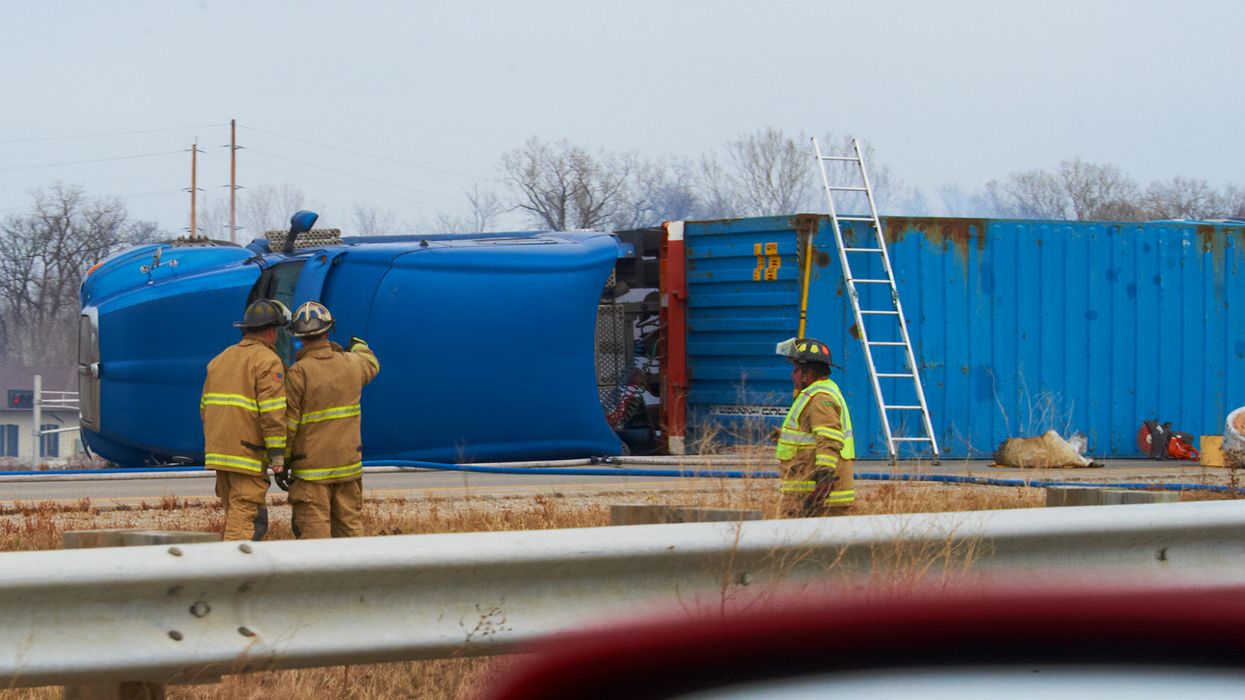New OSHA memos on issuing citations
In January 2023, OSHA published two memos on issuing citations that could result in higher fines for employers. One memo covers when OSHA may cite “instance-by-instance” violations, such as one citation for each employee not using fall protection. The other memo covers “grouping” citations if doing so would increase the gravity and penalty.
OSHA claims these new directives will make its penalties more effective in stopping employers from repeatedly exposing workers to serious hazards or failing to comply with regulations.
Instance-by-instance
Where an inspection finds a high-gravity serious violation involving certain conditions, OSHA may issue separate citations for each instance. OSHA would not use this with every regulation, however. Covered conditions include lockout/tagout, machine guarding, permit-required confined space, respiratory protection, falls, trenching, and cases of other-than-serious violations specific to recordkeeping.
The memo notes that inspectors using instance-by-instance citations should consider one or more of the following factors:
- The employer received a willful, repeat, or failure to abate violation within the past five years.
- The employer failed to report a fatality, inpatient hospitalization, amputation, or loss of an eye per 29 CFR 1904.39.
- The proposed citations are related to a fatality/catastrophe.
- The proposed recordkeeping citations are related to an injury or illness caused by a serious hazard.
Instance-by-instance citations might be applied per machine, entry, or employee, and when each instance cannot be abated by a single method.
This guidance covers general industry, agriculture, maritime, and construction. It became effective on March 27, 2023. The former policy adopted in 1990 applied only to egregious willful citations.
Grouping citations
In another memo, OSHA reminded Regional Administrators that they need not group violations, but may do so in some cases. Specifically, the memo states, “In cases where grouping does not elevate the gravity or classification and resulting penalty, then violations should not be grouped if the evidence allows for separate citations.” The memo noted that grouping would be appropriate when the same abatement measures correct multiple violations.
The memo further states that inspectors should consider grouping violations when:
- Two or more serious or other-than-serious violations constitute a single hazardous condition that is overall classified by the most serious item,
- Two or more other-than-serious violations considered together create a substantial probability of death or serious physical harm, or
- Two or more other-than-serious violations result in a high gravity other-than serious violation.
OSHA would not, however, group citations from multiple inspections of the same establishment, nor group violations from inspections of several different establishments.
Key to remember: OSHA offices are getting guidance on how to increase the penalties for violations, whether citing instances or grouping to increase the severity.




















































